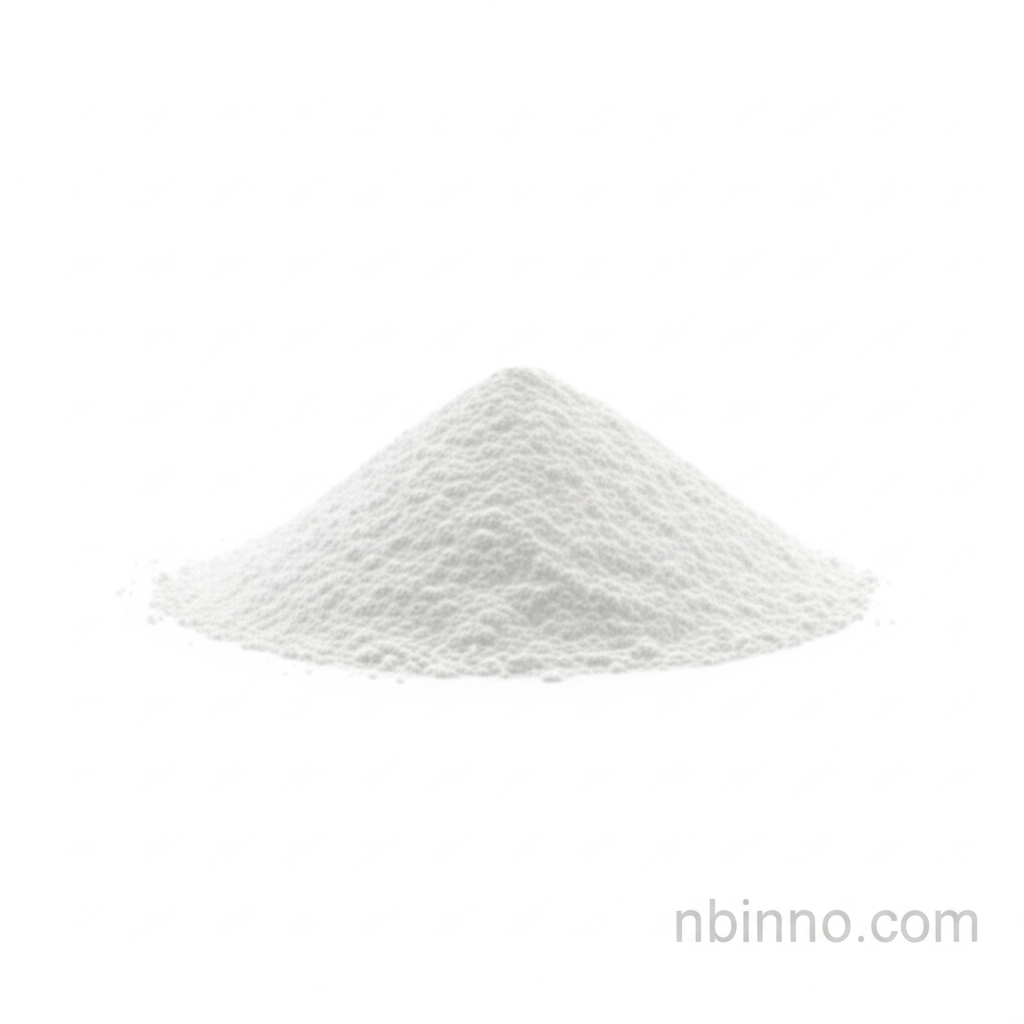Sodium Taurocholate: Properties, Applications, and Benefits
Discover the essential role of Sodium Taurocholate as a vital biochemical reagent and pharmaceutical intermediate.
Get a Quote & SampleProduct Core Value

Sodium Taurocholate
Sodium taurocholate is a critical biochemical compound known for its significant biological activity. It functions effectively as a lipase accelerator and an anion remover, making it indispensable in various scientific and industrial applications.
- Understanding sodium taurocholate lipase accelerator properties for enhanced enzymatic activity in research.
- Exploring the use of sodium taurocholate in protein dissolution, a key step in many biochemical processes.
- Investigating how sodium taurocholate is utilized for preparing bacterial culture media, aiding in microbial research.
- Utilizing sodium taurocholate for dissolving unconjugated bilirubin, crucial for specific biochemical research applications.
Key Advantages of Sodium Taurocholate
Enhanced Enzymatic Activity
Leverage sodium taurocholate's potent action as a lipase accelerator to boost enzymatic reactions in your experimental setups.
Versatile Solubilization Capabilities
Benefit from sodium taurocholate's ability to dissolve proteins and unconjugated bilirubin, simplifying complex research protocols.
Reliable Culture Media Component
Ensure consistent and effective growth of microorganisms by incorporating sodium taurocholate into bacterial culture media.
Key Applications
Biochemical Research
Sodium taurocholate is widely applied in biochemical research for its unique properties, contributing to advancements in understanding biological mechanisms.
Lipase Acceleration
Its role as a lipase accelerator is critical in processes where enhanced lipid breakdown is required, a common need in various biological assays.
Protein Solubilization
The ability of sodium taurocholate to solubilize proteins is a significant advantage for researchers working with protein purification and analysis.
Bacterial Culture
Sodium taurocholate serves as an essential component in the preparation of specific bacterial culture media, facilitating the isolation and study of microorganisms.
